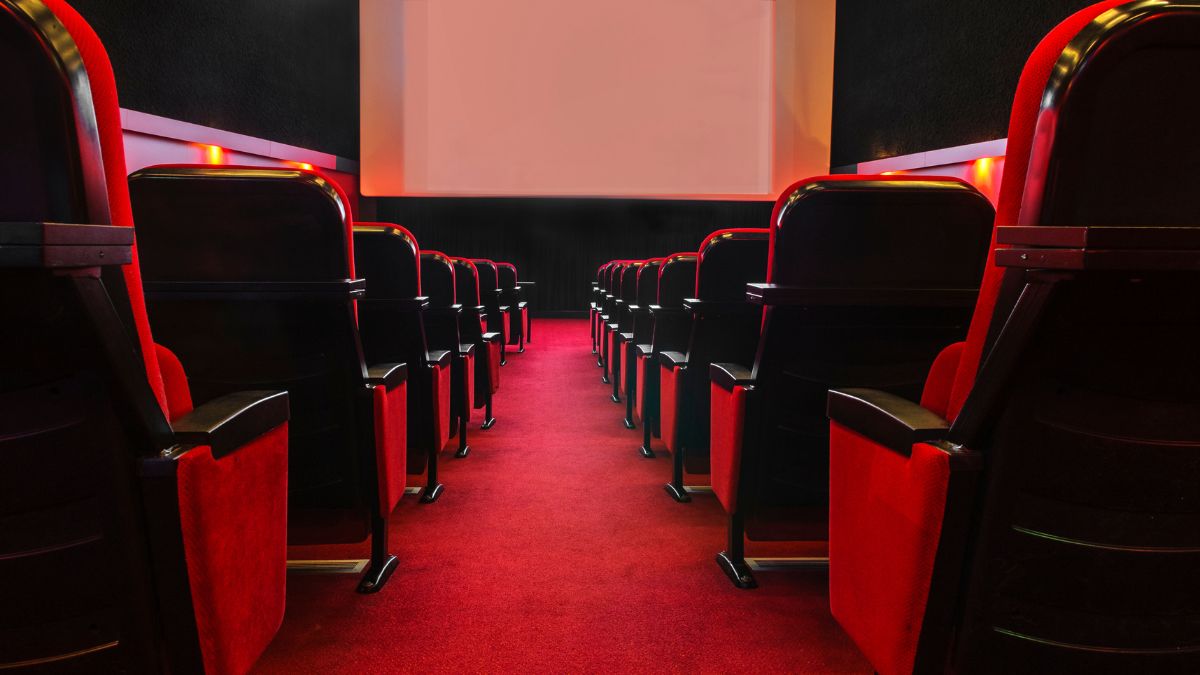Gone with the Wind: An Epic of the 1930s
Gone with the Wind: An Epic of the 1930s
The Role of Fashion in Modern Cinema

The Role of Fashion in Modern Cinema
In the tapestry of modern cinema, fashion is not merely a thread but a vibrant, pulsating vein that runs through its very heart, infusing life and color into every frame. It is a silent yet eloquent narrator that weaves together eras, personalities, and emotions, creating a visual symphony that speaks directly to the soul. Fashion in films is an art form, a medium through which stories are told, characters are built, and worlds are painted with the brush of imagination. It is here, in this mesmerizing intersection of cinema and style, that magic truly happens.
Consider the breathtakingly beautiful landscapes of period dramas, where every costume is a doorway to the past, every stitch a note in a historical melody. These are not just clothes; they are time machines crafted with fabric and thread, transporting us to bygone eras. The meticulous attention to detail, the authenticity in the replication of historical attire, all serve to immerse the viewer completely in the narrative, making the past pulsate with life on the silver screen. From the sumptuous elegance of “The Great Gatsby” to the austere simplicity of “Pride and Prejudice,” fashion is the key that unlocks the essence of the era being portrayed.
But the role of fashion in cinema extends far beyond the realms of historical accuracy. It is a tool for character development, a visual language that speaks volumes about the person wearing it. Through the strategic use of clothing, filmmakers can convey complex character traits and emotional states without uttering a single word. A disheveled coat, a vibrant dress, a pair of worn-out shoes – each element is a piece of the puzzle that, when assembled, reveals the soul of the character. In “Breakfast at Tiffany’s,” Audrey Hepburn’s little black dress is not just an outfit; it is an emblem of elegance, independence, and a touch of vulnerability, encapsulating the essence of Holly Golightly.
Moreover, fashion in cinema has the power to influence and inspire. It sets trends, defines generations, and creates icons. The impact of film on fashion is undeniable, with characters’ outfits often sparking global fashion trends. The leather jacket of “The Wild One” became a symbol of rebellion; the red shoes of “The Wizard of Oz” a dream of magical adventures. These are not mere pieces of clothing; they are cultural artifacts, imbued with the spirit of the films they appeared in.
The brilliance of fashion in cinema lies in its ability to transform the ordinary into the extraordinary, to elevate the visual storytelling to a realm where beauty and meaning dance together in perfect harmony. It is a testament to the creativity and vision of costume designers, who work behind the scenes to bring the director’s vision to life, to clothe the bare bones of a script in fabric and fantasy.
In the end, fashion in modern cinema is a celebration of creativity, a bridge between the seen and the unseen, the said and the unsaid. It is an integral part of the cinematic experience, a component as crucial as the script, the acting, or the direction. As we sit in the dark, gazing at the light on the screen, it is fashion that often captures our hearts, leaving us awestruck and transformed. In the world of film, fashion is not just about clothes; it is about dreams, identity, and the endless possibilities of imagination.